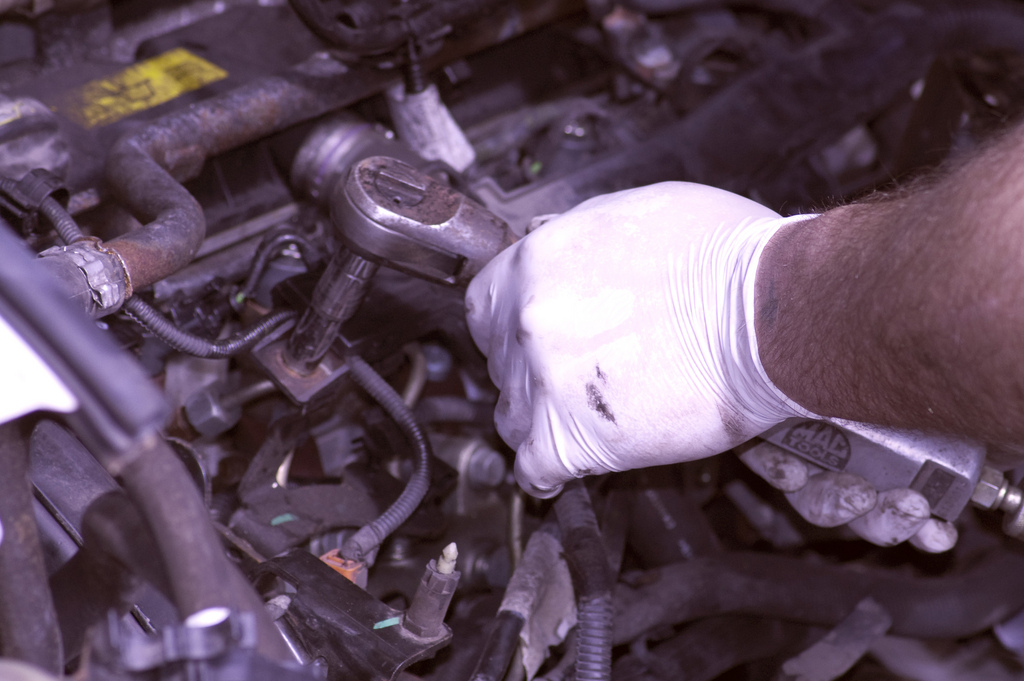
When your mechanic calls you and gives an estimate for repairs, how do you know if it’s fair?
Most people aren’t as technically proficient as a mechanic or automobile engineer are, so it’s tough to understand what all the items in the estimate actually are and why they’re necessary. We aim to make the mechanic estimate a little less mysterious and more transparent so you’ll be to get your car fixed without worrying about being ripped off. Read on and start understanding mechanic estimates today.
What’s In an Estimate?
While the exact contents from an estimate vary from shop to ship, generally, the auto mechanic estimate can be dissected into six main parts: Customer/Vehicle Information, Parts, Labor, Miscellaneous Charges, Flat Fees, and Summary of Charges. Make sure that all of these sections are accounted for in the estimate and are itemized to ensure there won’t be any hidden costs Now, it’s time to break down what each of these parts of the estimate mean.
Customer/Vehicle Information
This is the most basic part of the estimate. It just outlines your personal information, the specifics of your vehicle, your car’s issues, and the repairs requested.
Parts Charges
This section of the estimate lists all the parts needed to make the repair, and their price. When talking about auto parts, it’s important to know the distinction between the types of parts being used so that you aren’t overcharged or sold a sub-standard part.
- New OEM parts come directly from the manufacturer and are made specifically for your car. These tend to be the most expensive, but also tend to be the highest quality, and are worth the premium in most cases.
- New aftermarket parts are made by third parties, and can vary in quality depending on the company. Some are just as good as OEM parts and are much less expensive. However, some are of lower quality and should be avoided despite their low price. Do some research on the aftermarket brand and you won’t end up with substandard parts.
- Remanufactured parts are OEM parts that have been rebuilt, and if rebuilt properly, can be just as good as new OEM parts. But that all depends on how well they are rebuilt, and they are riskier in general.
- Salvaged/Used parts aren’t usually used, but are parts purchased by a shop from a salvage yard.
Check Pep Boys, Autozone, or autopartswarehouse.com to compare the MSRP price to what the mechanic claims on the estimate. You could save yourself a heap of cash!
Labor Charges
Labor charges indicate how much is charged per hour of work on your car. These are usually fixed between $50 and $120 per hour, depending on how high-end the shop is. It is important to make sure that this labor cost is indicated clearly on the estimate, because it’s the place where some devious shops will try to overcharge you. Not only should the estimate indicate the labor rate, but also indicate how long each repair should take to make, so you don’t getcharged for two hours of work when the job actually takes 30 minutes.
Miscellaneous Charges
While most charges tend to be either parts or labor costs, sometimes there are miscellaneous charges that can be found in an estimate. These can include chemicals or rags used in the repair process, or charges for removing hazardous waste. These should all be itemized and you’re well within your right to ask the mechanic about what these charges are actually for if it is unclear.
Flat Fees
Flat fees are straightforward charges for services that don’t include parts and labor. They can usually be found on a “menu” at the shop. The most common examples of these are fixed prices for an alignment or oil change.
Summary of Charges
Finally, examine the summary of charges. Just like a grocery store receipt,this shows the sum of all of the above costs so that you are left with the final estimate for your repair or service. Make sure you double check this to make sure there aren’t any costly numerical errors.
Estimates vs. Actual Invoice
The estimate may differ from the actual invoice you receive after the repairs are completed. This happens because mechanic estimates are just that - estimates. Once a mechanic starts making repairs, they could find more damage or discover new issues they’ll need to fix before the car is safe to drive again. This invariably leads to more parts and more labor costs. If this happens, the mechanic should inform you before repairs begin, and explain in detail why these repairs must happen. Then, it’s up to you to make the final decision.
With this knowledge under your belt, you should be able to understand your next mechanic estimate much better. If you’re looking for a trustworthy independent auto shop in San Diego, contact us today. We at Convoy Auto Repair will be happy to give you an easy-to-understand estimate!
Image: Jonesemyr via Flickr